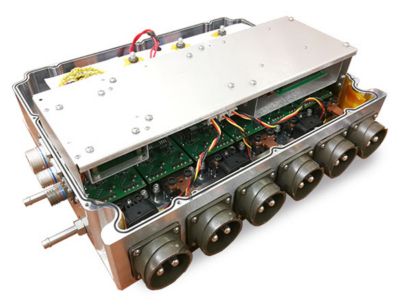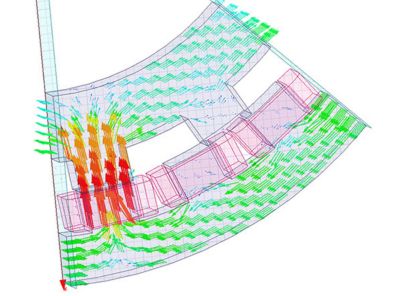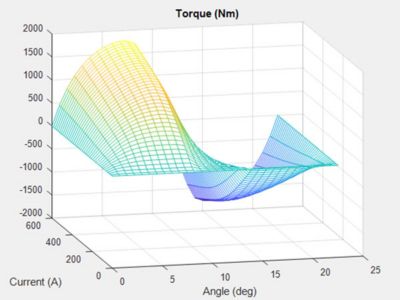-
United States -
United Kingdom -
India -
France -
Deutschland -
Italia -
日本 -
대한민국 -
中国 -
台灣
-
Ansys는 학생들에게 시뮬레이션 엔지니어링 소프트웨어를 무료로 제공함으로써 오늘날의 학생들의 성장을 지속적으로 지원하고 있습니다.
-
Ansys는 학생들에게 시뮬레이션 엔지니어링 소프트웨어를 무료로 제공함으로써 오늘날의 학생들의 성장을 지속적으로 지원하고 있습니다.
-
Ansys는 학생들에게 시뮬레이션 엔지니어링 소프트웨어를 무료로 제공함으로써 오늘날의 학생들의 성장을 지속적으로 지원하고 있습니다.
ANSYS BLOG
May 9, 2019
Engineers Reduce Torque Ripple in a Switched Reluctance Motor for Electric Vehicles
Switched reluctance motors (SRMs) can be an electrification solution for the transportation, agriculture, mining, civil and tactical sectors. SRMs are a great motor option for electric vehicles because of their low costs, high efficiency and ability to operate in harsh environments.
One challenge that has held SRMs back is that they are susceptible to torque ripple, which causes noise and reduces the motor’s lifespan.
A 100 kW SRM MILSPEC controller with Torque Ripple Mitigation technology, created by Continuous Solutions.
To address this challenge, Continuous Solutions, an Ansys Startup Program member, used Ansys Maxwell to optimize the motor’s control algorithms. The optimizations led to a 90% reduction in torque ripple and a 50% reduction in noise.
What Causes Torque Ripple in SRMs?
To control and understand torque ripple, Continuous Solutions needed to determine how its designs affect the conditions that produce it.
Magnetic flux simulation on the cross section of the rotor
SRMs take advantage of the ability of low-reluctance materials, like iron and steel, to align with magnetic fields. The SRM has phased windings on the stator and a rotor that comprises regions of low and high reluctance.
When power is sent to the stator windings the magnetic flux and reluctance of the materials generate a force to align the rotor pole with the nearest stator pole. The SRM control algorithms turn stator windings on and off successively to shift the magnetic field, forcing the rotor to rotate.
The challenge is that this process also creates vibration and noise due to structural deformations and magnetic torque harmonics that force the stator and rotor to interact. The interactions and vibrations that change the torque — hence torque ripple — create noise and limit the motor’s lifespan.
How to Design SRMs with Reduced Torque Ripple
Continuous Solutions’ aimed to create an SRM that was less expensive and more reliable. This meant it couldn’t increase the motor’s life by making all the parts beefier, as this would increase costs.
Instead, Continuous Solutions created a new control algorithm that could operate the SRM without torque ripple. If the motor is about to jerk in one direction, due to torque ripple, the new control algorithm will inject a signal to the motor to create a magnetic field that cancels out this jerky motion.
A 3D map that shows the relationship between an SRM’s torque as a function of its current load and rotor position
As a result, Continuous Solutions was able to reduce torque ripple by 90% and noise by 50%.
To learn in detail how Continuous Solutions created this algorithm and studied SRM torque ripple, read: Next Generation of Electric Vehicle Motors – The Silent Treatment.













